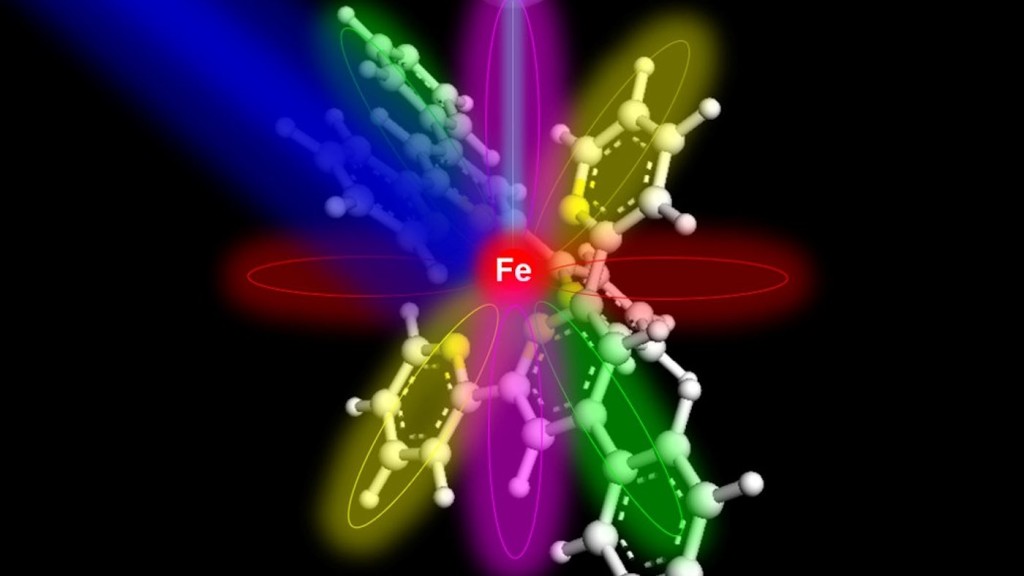
Many normal people will not realize that science has never been able to X-ray a single atom.
The best current synchrotron scanners can manage is imaging X-rays—about 10,000 atoms—but the signal produced by a single atom is too weak for conventional detectors. So far.
The feat was achieved thanks to a purpose-built synchrotron instrument at Argonne National Laboratory in Illinois using a technique known as SX-STM (Synchrotron X-ray Scanning Tunneling Microscopy).
The researchers behind the breakthrough say it paves the way for finding cures for major life-threatening diseases, the development of ultrafast quantum computers, and other advances in materials and environmental sciences.
Atoms are the particles that build molecules, and the limits to which any substance can be chemically decomposed. In a golf ball there are many golf balls that can be put into the ground.
The SX-STM can now scale it to an infinitesimal degree. The feat has been described as the “holy grail” of physics, and a long-standing dream of OSU Professor Saw Wai Hla, lead author of the paper explaining the discovery.
“Atoms can be routinely imaged with scanning probe microscopes — but without X-rays, one cannot tell what they are made of,” Dr. Hla explained. We can now detect exactly the type of a particular atom, one atom at a time, and we can simultaneously measure its chemical state. This discovery will change the world.”
Since its discovery by Roentgen in 1895, X-rays have been used in dozens of applications and fields, from medical examinations to security checks at airports.
Other big breakthroughs: New brain implant device could restore function in paralyzed limbs
NASA’s Mars rover Curiosity is equipped with an X-ray machine to examine rock formation.
An important use of X-rays in science is to determine the type of material in a sample. Over the years, the amount of material in the sample required for X-ray detection has been greatly reduced thanks to the development of synchrotron X-rays.
The SX-STM collects excited electrons, the particles on the outer surface of the atom that move around the protons and neutrons within, and the spectrum produced in this way is like a fingerprint that enables accurate detection of the atom.
More physics news: Mathematicians Discover Elusive ‘Einstein’ Shape: ‘The Miracle That Disrupts the System’
“The technique used, and the concept demonstrated in this study, has opened up new horizons in X-ray science and nanoscale studies,” said first author Tululop Michael Ajay, PhD student at Ohio State.
“What’s more, using X-rays to detect and characterize individual atoms could revolutionize research and generate new technologies in areas such as quantitative information and trace element detection in environmental and medical research, to name a few.”
“This achievement also opens the way for advanced devices in materials science.”
Share this intriguing holy grail of physics with your scientist friends…

“Beer aficionado. Gamer. Alcohol fanatic. Evil food trailblazer. Avid bacon maven.”
